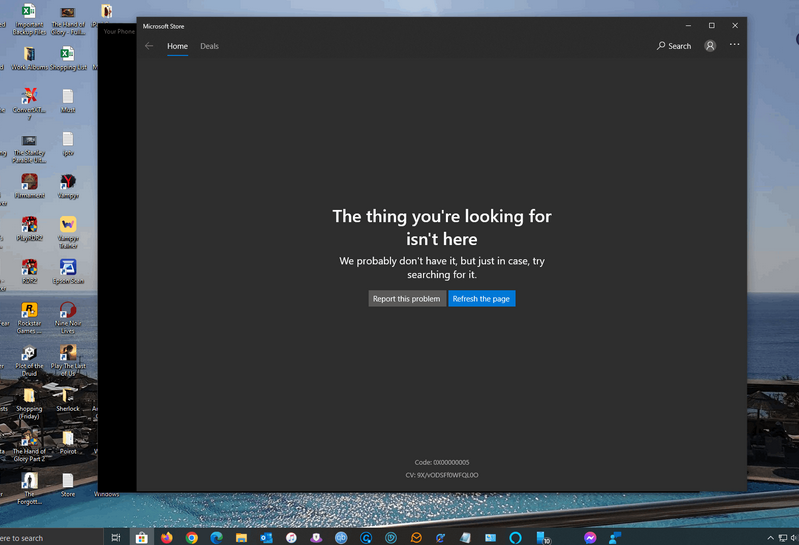Execution limits
Managing timeouts, throttling, concurrency limits, and reserved concurrency is instrumental in safeguarding and optimizing Lambda functions. These settings help you control how your functions behave under various conditions, including high traffic, long-running processes, and potential abuse or attacks. Understanding and properly configuring these aspects can significantly improve the resilience and security of your Lambda functions.
Timeouts
Lambda functions have a maximum execution timeout, which you can set anywhere from 1 second to 15 minutes. The timeout setting acts as a safeguard against runaway functions that consume excessive resources or get stuck in an infinite loop. When a function reaches its timeout limit, Lambda terminates it automatically.
From a security perspective, setting an appropriate timeout is crucial. A function that runs indefinitely could be exploited in DoS attacks, consuming resources and incurring unnecessary costs. Therefore, always set your timeouts based on the expected behavior of your function. As an example, if a function is expected to complete its task in 10 to 30 seconds, setting a timeout of 1 minute provides a reasonable buffer time to account for occasional network or dependency delays while still protecting against abuse.
Throttling
Lambda functions are subject to throttling as a means to manage resource allocation and prevent abuse effectively. AWS sets both soft and hard concurrency limits per region, which can be increased upon request. When a function exceeds these limits, additional invocations are throttled. By capping the rate at which a function can be invoked, throttling helps mitigate the risk of DoS attacks and ensures fair sharing of compute resources across multiple customers.
When throttling is in effect, it helps maintain the system’s overall stability and isolation. Non-critical requests may either be queued or errored out gracefully, preventing them from disrupting other functions or services. This is particularly important in a multi-tenant environment, where excessive usage by one customer can impact others. By staying within their provisioned concurrency limits, customers can avoid unintentional overages that could not only inflate costs but also strain resources on the shared infrastructure.
AWS actively monitors throttling metrics and may automatically adjust provisioned concurrency limits over time based on observed usage patterns. This proactive approach allows your Lambda functions to scale efficiently without requiring manual intervention, making it easier to manage workloads effectively. For those who expect high levels of legitimate traffic, AWS allows you to request limit increases. However, it is crucial to continuously monitor for any unusual activity that could signify a security issue. Utilizing CloudWatch to keep an eye on the throttling metrics of your Lambda functions is a recommended practice. Setting up alerts for unusual spikes in activity can provide early warnings, enabling you to take corrective action promptly.
